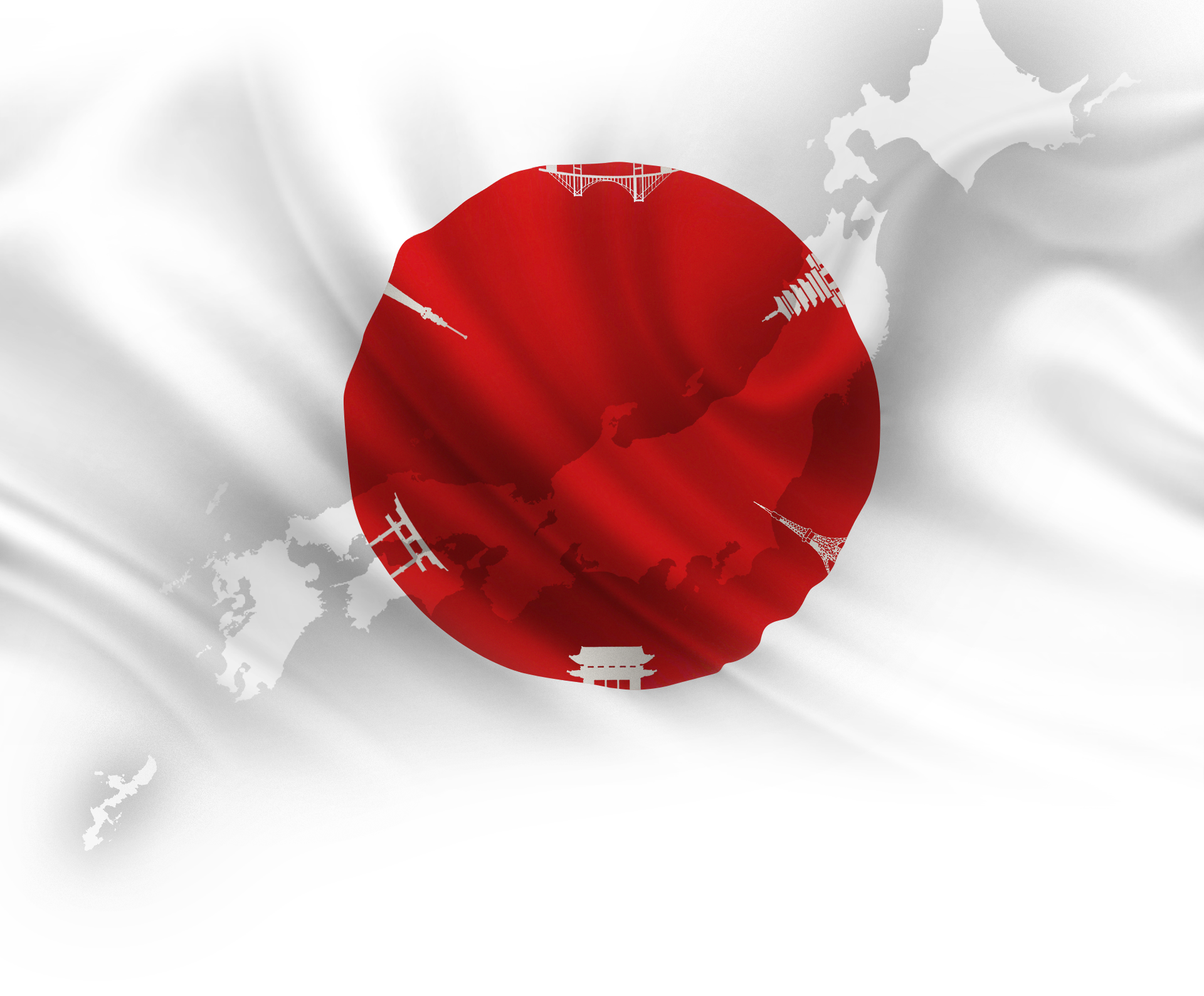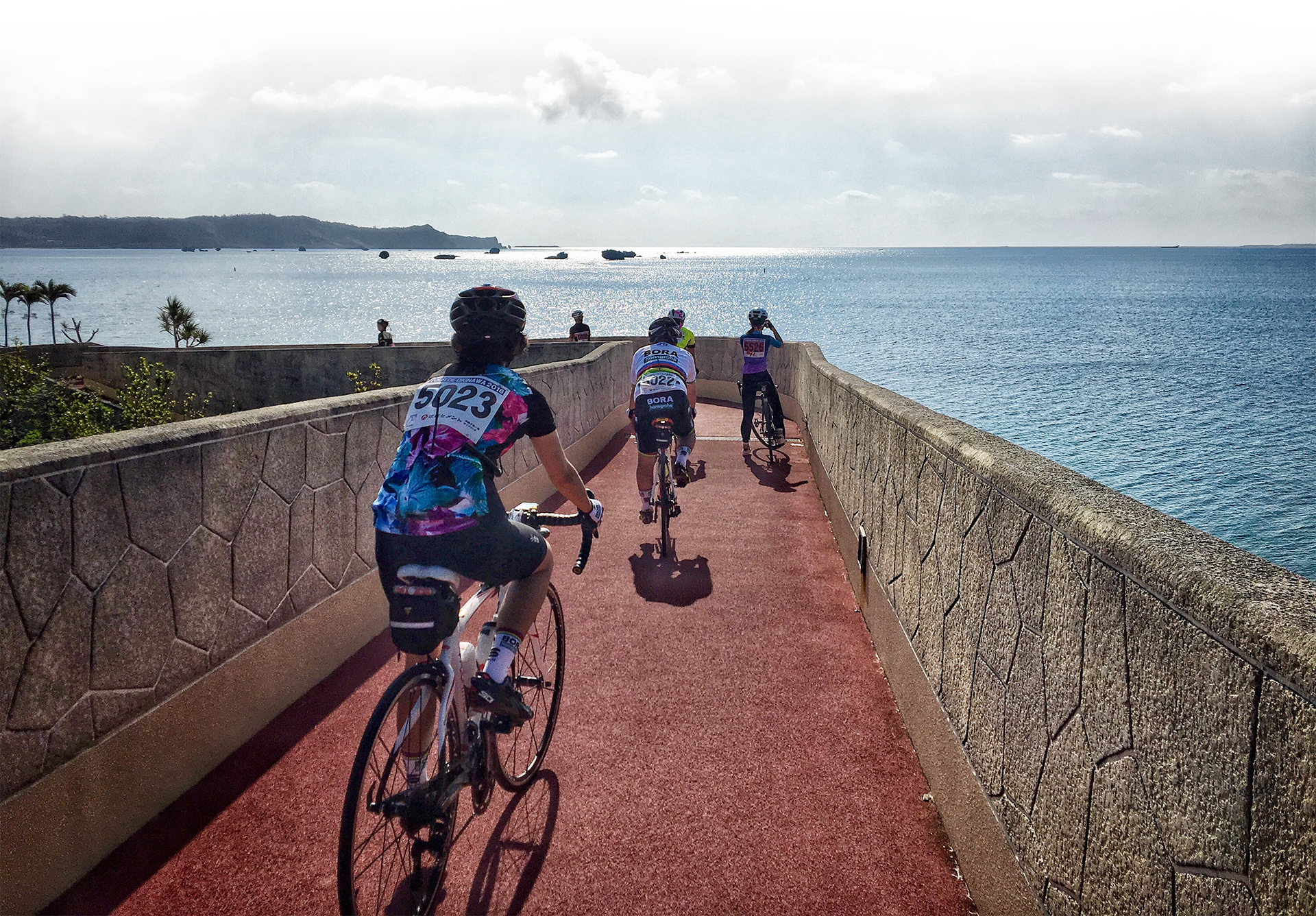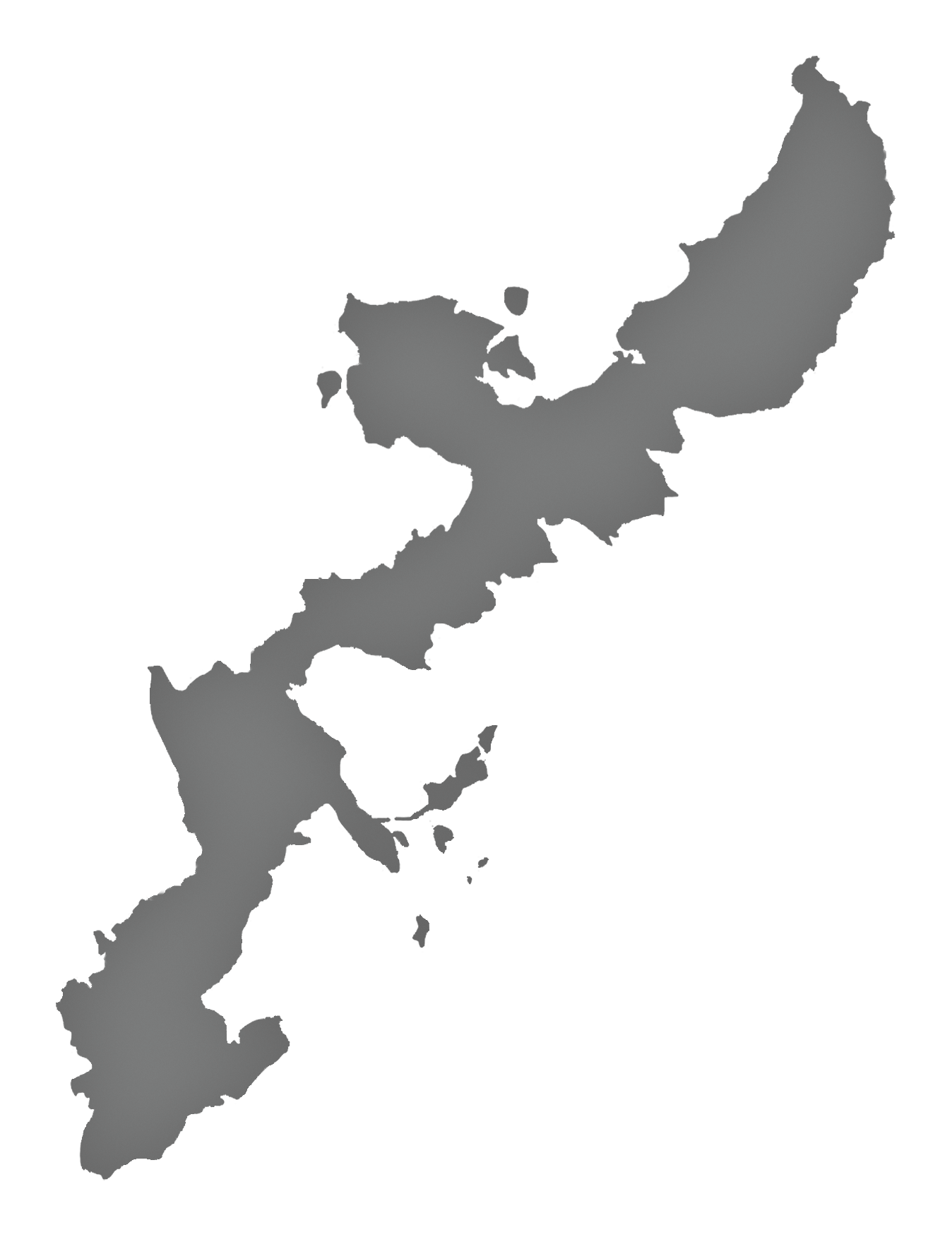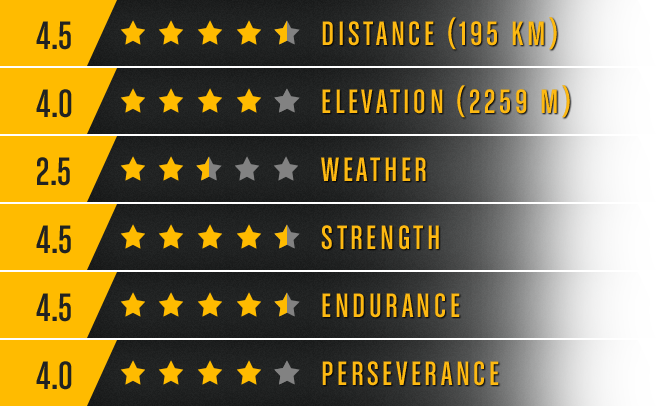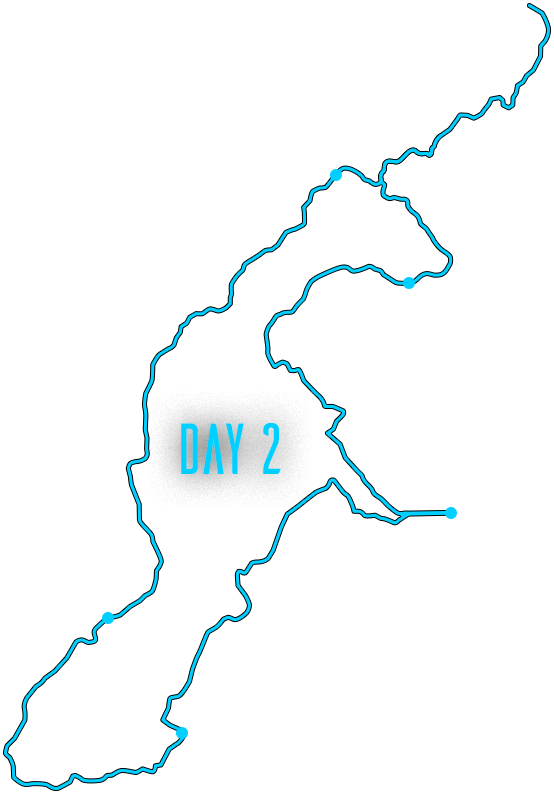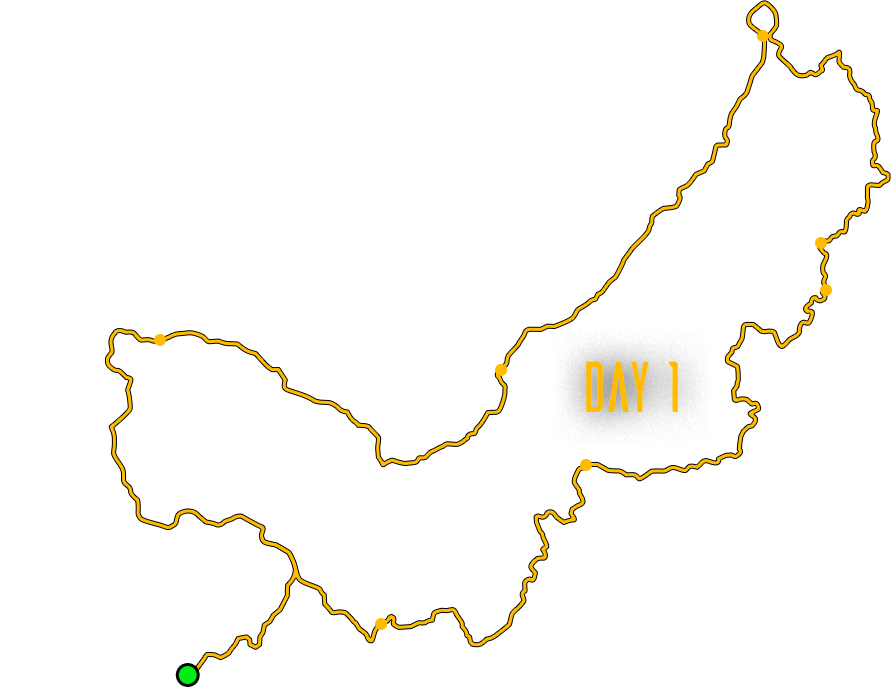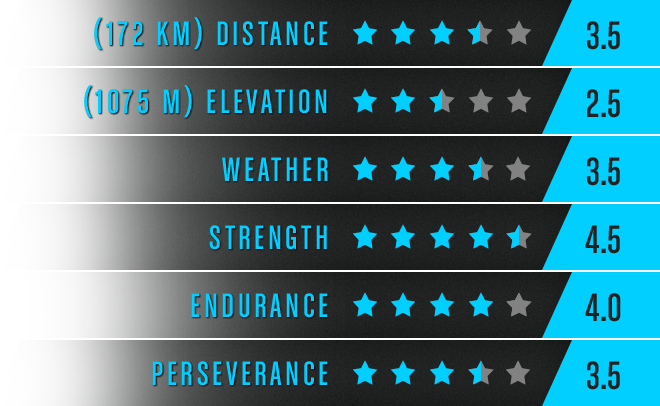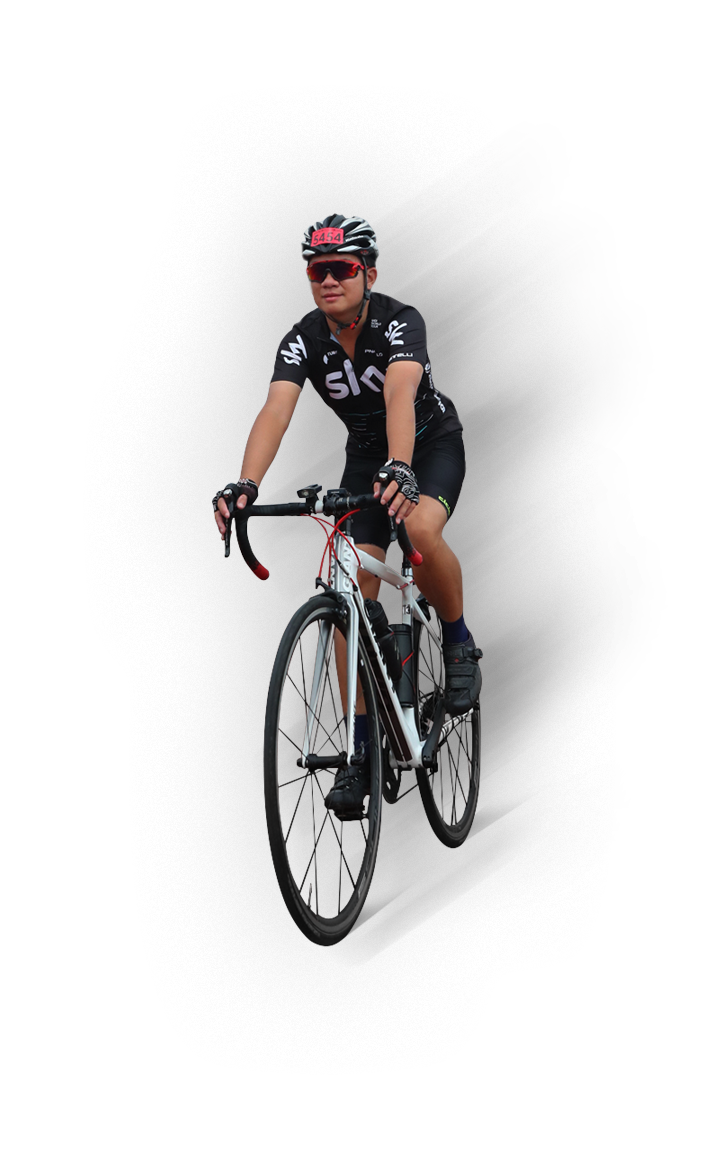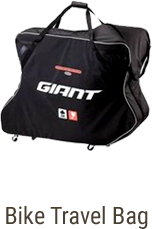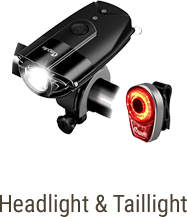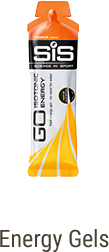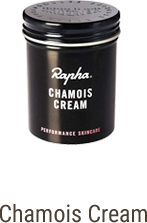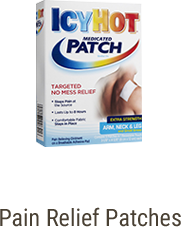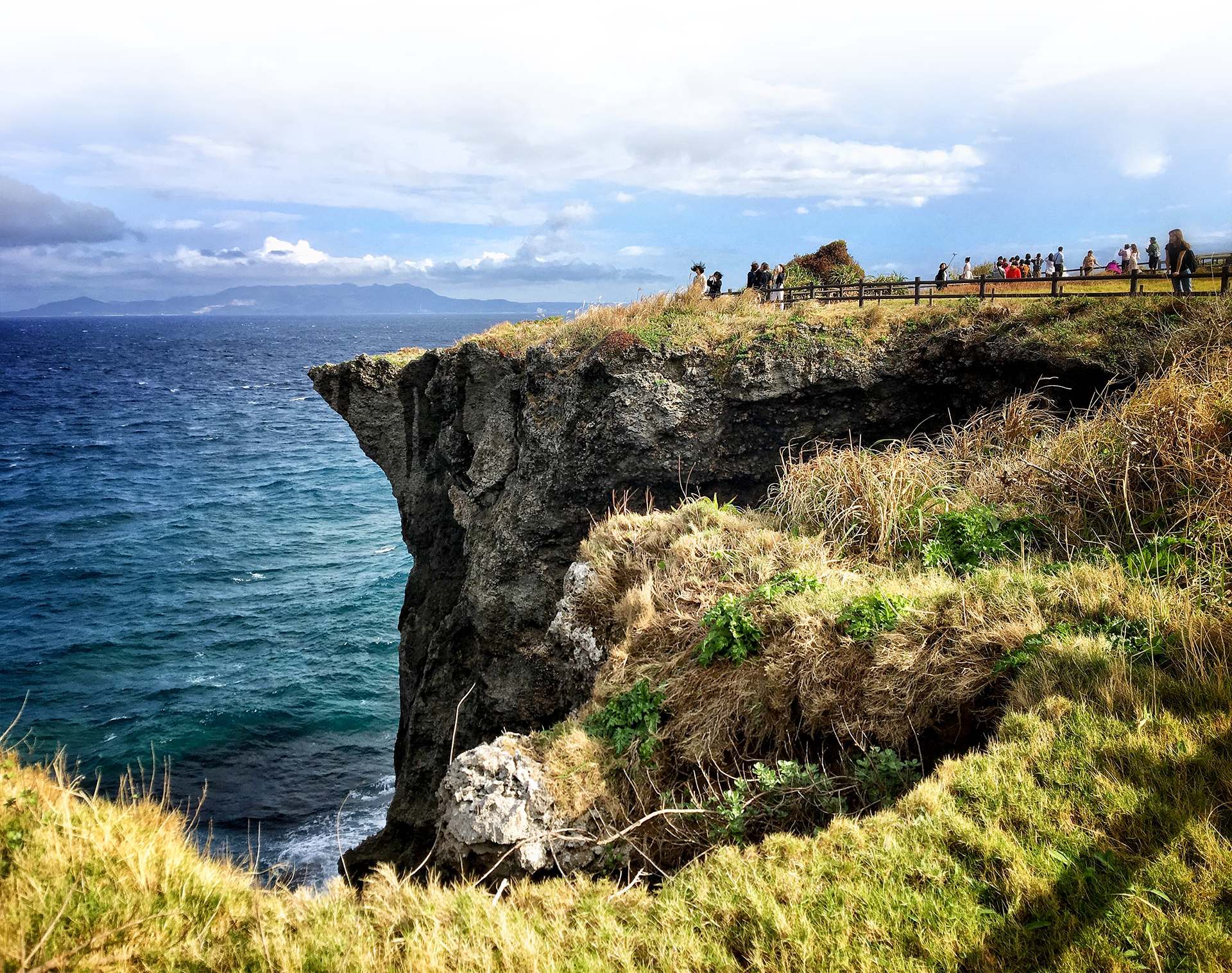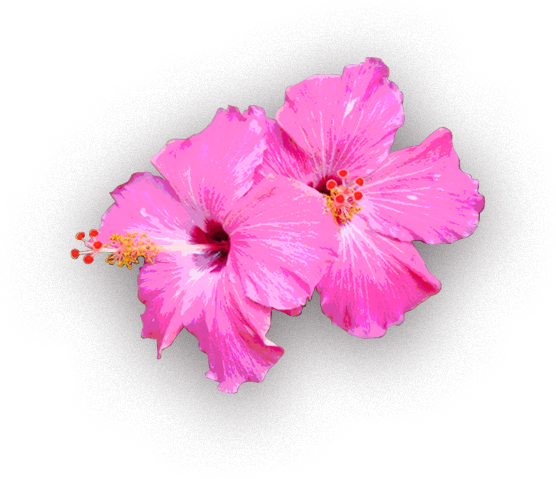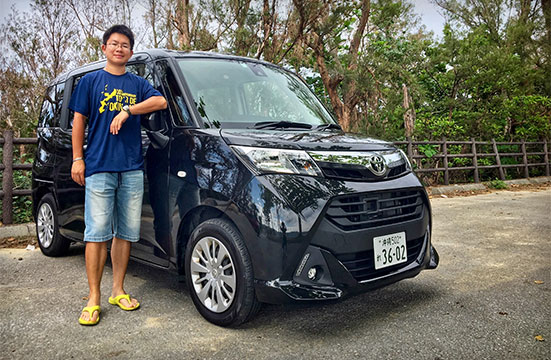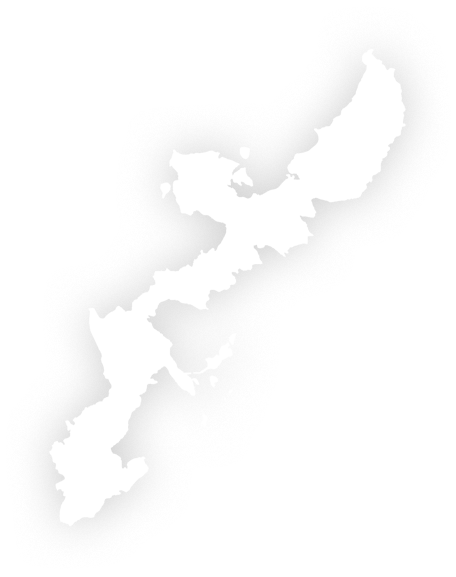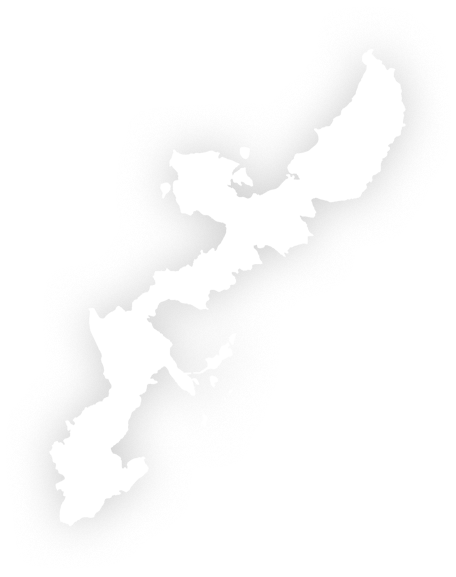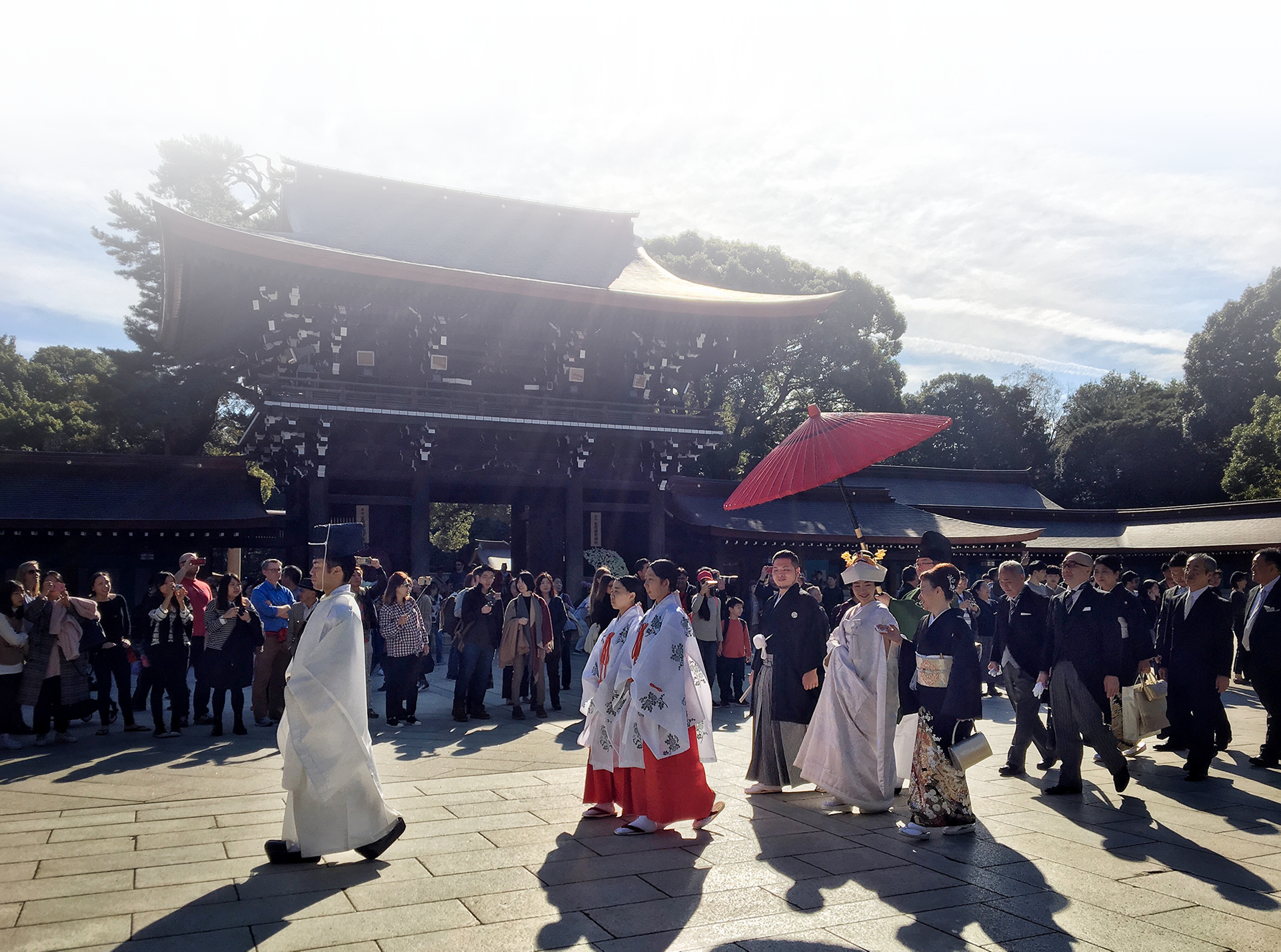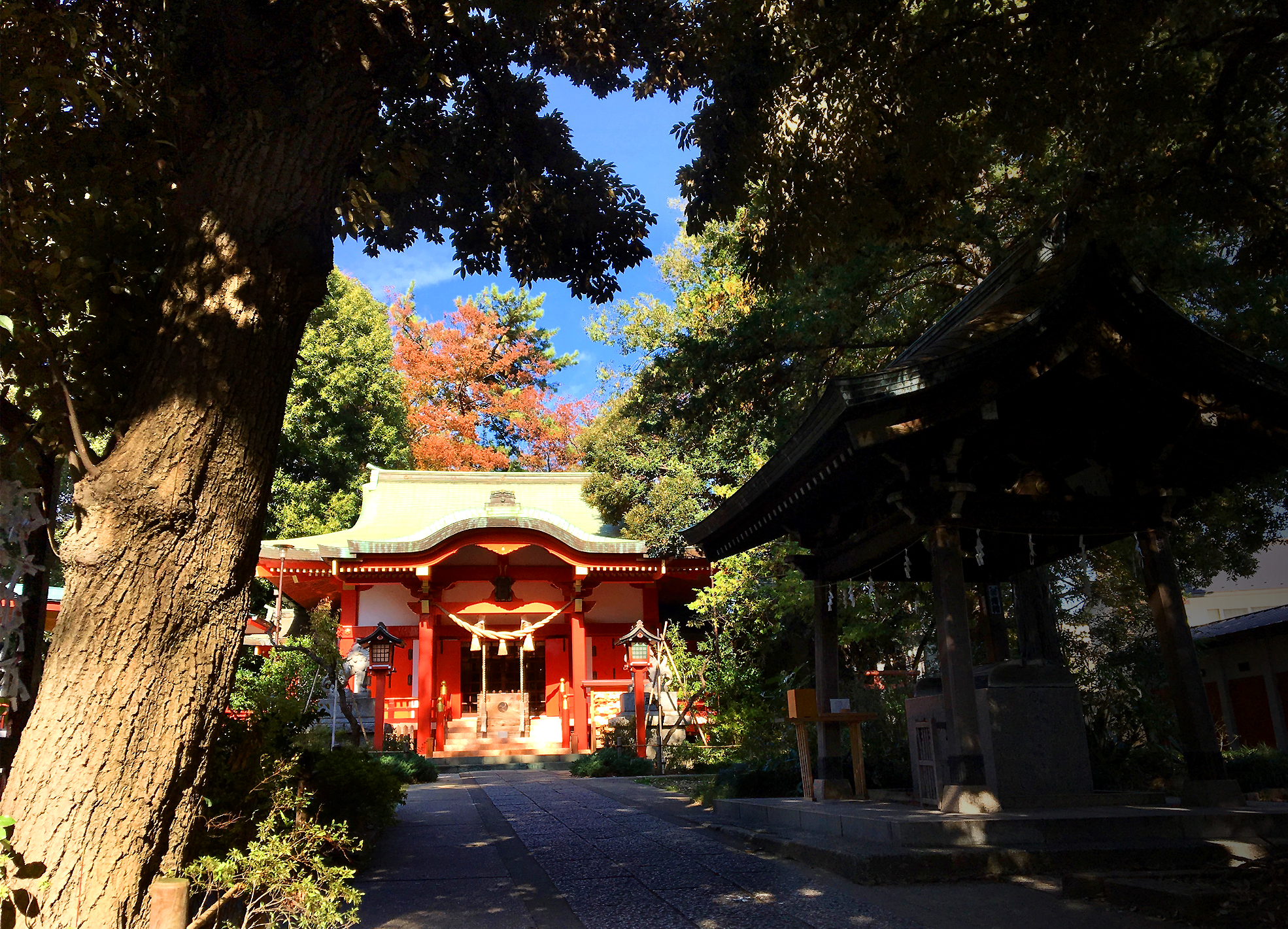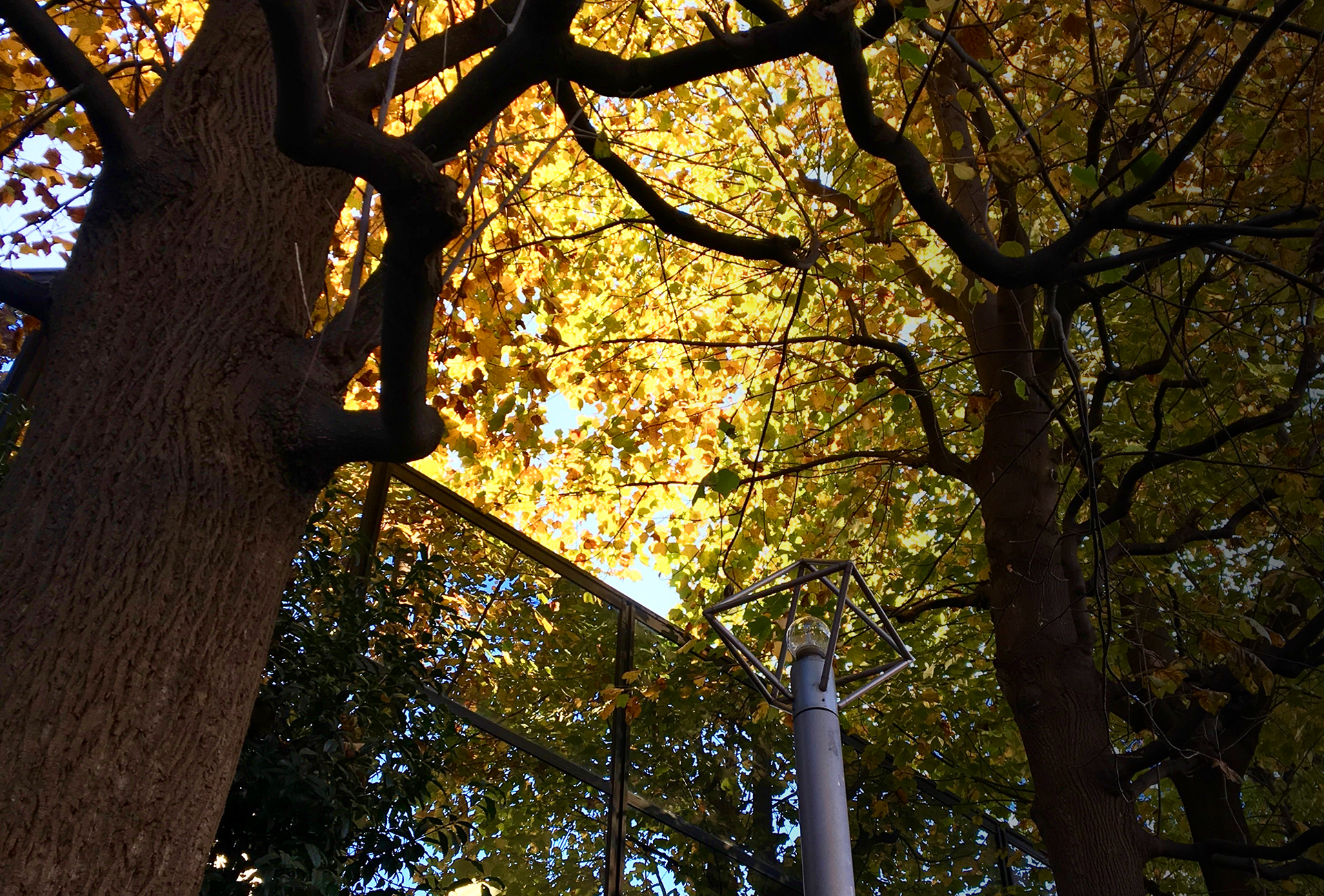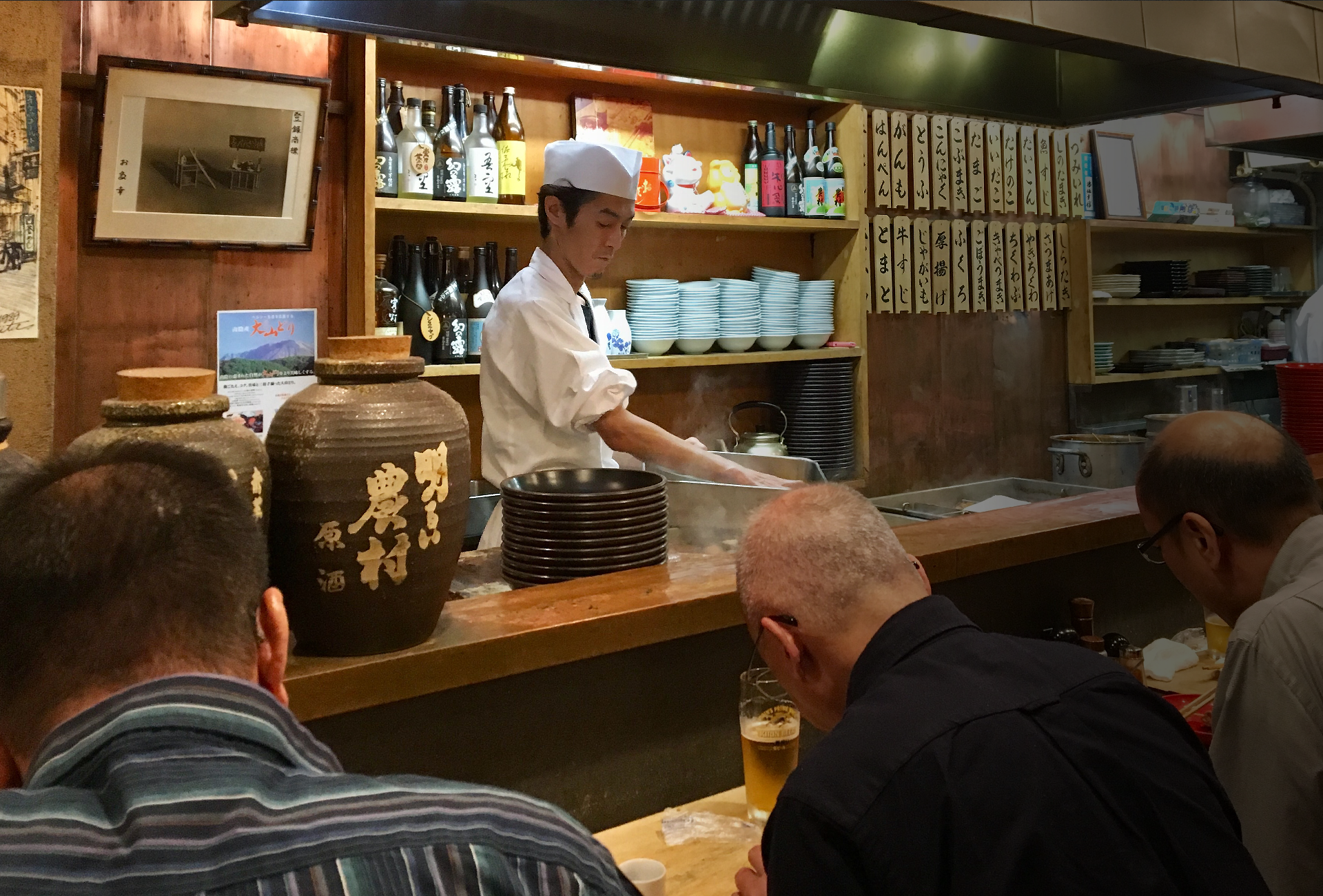1. Pace Yourself - When you first set off and the adrenaline is flowing, it’s tempting to go too hard. However, this isn’t ideal because you’ll burn out your energy and pay for it hours down the road. Recharge yourself on every resting stops, but don’t rest too long, or else you might run out of time.
2. Boost Your Performance - Taking supplements such as energy gels, bars, chews or electrolytes to replenish carbohydrate stores that are depleted while biking. During the course, the organizer will prepare some foods, fruits and water in every resting stop, you need to keep piling it in when possible. Otherwise, you will feel fatigued and your performance will suffer.
3. Use The Benefit of Group Ride - Drafting behind a rider could obviously save your energy up to 30%. Riding with others could also be a way to boost your chances of success. There will be people to help if you have any bike-based issues. And when fatigue has kicked in and your mind has started to wander, having friends there to cheer you up during a bad patch could be very helpful.
4. Well Prepare Your Equipment - During a long-distance cycling, the chance of something going wrong with your equipment inevitably increases. Have a good check over your bike to make sure everything is in working order before setting off. How are the tyres and gears, are the chain or chainrings worn and does any part need replacing? Don’t let mechanical failures cause the death of the challenge.
5. Play Mind Games - No matter how bad you feel, such as severe knee pain, painful saddle sores, or even a nasty injury; chances are, you can keep going a little longer, as the mind usually gives out before the body. A good tactic is to focus on short term goals, e.g. getting through the next 10 miles, getting to the next resting stop, and not thinking about the mammoth task ahead.


